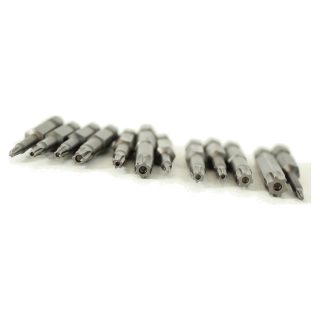Shark Lower Hose Repair
Keeping your Shark Navigator in top condition is essential for effective cleaning. The lower hose is a critical component that can wear out or get damaged over time, impacting suction and performance. This guide provides a step-by-step process for replacing the lower hose, helping restore your vacuum’s efficiency and ensuring it continues to perform at its best.
What parts do you need?
We sell high-quality replacement parts to ensure long-lasting and effective repairs! You can also check the schematic page for this vacuum cleaner.
How do I know when to...
Replace a Shark NV650 lower hose?
Low Suction
A clogged or damaged lower hose can significantly reduce suction power, making it difficult for your Shark NV650 to pick up debris effectively. If you notice weak suction despite cleaning the filters and checking for blockages elsewhere, the lower hose may need to be replaced.
Hose Damage or Cracks
Visible cracks, holes, or tears in the lower hose can lead to air leaks, reducing suction and overall vacuum performance. If your Shark vacuum is struggling to pick up dirt, check the lower hose for any signs of physical damage.
Loss of Suction When Reclining
If your vacuum works fine when upright but loses suction when tilted back, a faulty lower hose could be the culprit. This hose flexes when the vacuum reclines, and wear over time can lead to partial or complete loss of suction.
Whistling Sounds
A damaged or partially clogged lower hose can create high-pitched whistling noises while the vacuum is running. If you hear an unusual sound coming from your Shark NV650, inspect the hose for cracks, holes, or blockages that could be restricting airflow.
Let's get down to business...
Step-by-Step Repair Guide
Step 1: Prepare for the Repair
- Ensure the vacuum is turned off and unplugged from the power source.
- Gather necessary tools, such as a screwdriver with Torx or security bits.
Step 2: Locate and Access the Lower Hose
- Identify the lower hose on the bottom or rear of the vacuum.
- Locate the screws securing the hose and use the appropriate screwdriver to remove them.
Step 3: Remove the Old Lower Hose
- Gently twist and pull the old lower hose to detach it.
- Avoid damaging surrounding components during removal.
- Inspect the hose for clogs, cracks, or wear that may have affected suction.
Step 4: Install the Replacement Hose
- Attach the new lower hose, ensuring a secure and snug connection.
- Reattach any hose attachments if applicable.
- Apply adhesive where needed and allow time to dry before proceeding.
Step 5: Secure the New Hose
- Reinsert and tighten the screws to hold the new hose in place.
- Ensure a tight fit to maintain proper airflow and vacuum performance.
Step 6: Test for Leaks and Functionality
- Power on the vacuum and check for consistent suction.
- Listen for unusual sounds or air leaks that may indicate improper installation.
Step 7: Clean Up and Final Inspection
- Wipe down the vacuum to remove dust and debris.
- Properly dispose of the old hose or store it for reference.
You also might need...
Other Items for This Repair
While completing this repair, you should check these other important items on your vacuum cleaner to ensure the best possible performance and longevity!
Final Thoughts
Replacing the lower hose on a Shark Navigator vacuum is a crucial maintenance step that helps extend the vacuum’s lifespan and restore its suction power. Over time, wear and tear or blockages can reduce efficiency, making this repair necessary for optimal performance. Although Shark vacuums are intentionally designed to make repairs challenging, following these step-by-step instructions allows for a cost-effective solution rather than resorting to purchasing a new unit. By taking the time to replace the lower hose properly, you can keep your vacuum running efficiently and avoid unnecessary waste.
Need More Stuff?
We offer comprehensive part diagrams and repair tutorials to help you keep your vacuum running at its best. VacuumsRus is your one-stop-shop for anything vacuum cleaner related!
Schematics and Parts Diagrams
You can find the schematics for each model this repair is applicable to here:








